What is the sternum?
The Sternum (lat. sternum) is a long, flat bone at the front of the rib cage. This is formed from the ribs, the sternum and the cartilaginous extensions. The sternum is on average 17cm long, usually shorter in women than men. The term sternum comes from swords that were used in ancient times and were shaped like the sternum.
Anatomy & structure
There is a notch at the end of the handle near the head (Jugular notch), which is very palpable and marks the so-called throttle pit. To the left and right of the notch are the articular surfaces that connect the clavicles in the sternoclavicular joint (sternum-clavicle joint). The sternum-clavicle joint is at the front end of the sternum and can be felt through the skin.
The second rib attaches between the body of the breastbone and the handle, and ribs 3 to 7 are attached to the notches in the breastbone. The sword extension marks the lower end of the breastbone. It can have different shapes: it is either compact or twin-beam or bent backwards or forwards.
In the child, all three parts of the sternum are not yet fused together, but they only ossify in the course of life. An elevation can be felt between the body of the sternum and the sternum handle Angulus sterni (Sternum corner) is called. There is red bone marrow in the sternum, so it is possible to do a bone marrow puncture above the sternum.Sternal puncture is rarely performed today because the pericardium or the heart chambers could be punctured. For this reason, the iliac crest puncture is preferred today, which is associated with fewer risks.
Functions & tasks
Together with the 12 thoracic vertebrae and the 12 ribs, the sternum forms the chest. The chest is stabilized by the sternum and the heart and lungs are protected. However, the ribs do not grow rigidly with the sternum, but rather they are mobile through the rib-sternum joints, which enables breathing.
The first seven pairs of ribs are connected directly to the sternum with the help of cartilage processes, the following three pairs of ribs via the costal arch and the last two pairs have no connection to the sternum. Heart transplants or bypass operations usually take place on the open heart. The sternum is then cut lengthways in the course of the operation, so that the chest is open and the surgeon can get to the heart in this way.
A distinction is made here between a total sternotomy, in which the entire sternum is severed, and a partial sternotomy, in which the surgeon only cuts through the lower or upper part of the sternum.
You can find your medication here
➔ Medication for chest painIllnesses & ailments
A possible disease in the area of the sternum is swelling of the sternum, which can usually occur as a result of micro-fractures in the bones due to overload or after surgery with a thoracic opening.
In the chest and rib area, swellings are then also externally visible, and the patients also suffer from severe pain when breathing in and out. The pulse is accelerated and there is an increased sensation of heat. The doctor determines swelling of the sternum with the help of a pressure test and treats it with painkillers and pain therapy.
In very severe cases, the appropriate medication is also injected directly into the spinal cord, but warm and cold therapies or acupuncture are also very helpful. Breaks in the breastbone, which can result from a blow or a car accident, are rather rare. A break is either caused by the impact on the steering wheel or by the seat belt itself. In this context, edema in the lungs or lung contusions also occur.
If there is a fracture of the breastbone, this is always an indication of other injuries. Pain in the sternum area can also be projections from other organs. For example, angina pectoris, a heart attack or diseases of the esophagus cause pain behind the sternum. But the pain of a stomach ulcer can also spread to the sternum.
Another cause is what is known as costochondritis, in which the cartilage between the ribs and the breastbone is inflamed. Costochondritis is rather rare and usually occurs in the course of systemic diseases (e.g. Reiter's disease). Some babies have a congenital hole in the sternum, most of which is on the right side.
The so-called funnel breast is one of the pathological changes in the sternum. In this case, the cartilage connections between the ribs and the sternum change and the front part of the chest sinks. Another deformation is the keel or chicken breast. Here the sternum is arched like a keel, which is especially psychologically stressful for those affected.
The cause of this is suspected to be strong cartilage growth, which causes the sternum to bulge. If the breastbone is twisted in the longitudinal axis, one speaks of a Harrenstein deformity. The ribs protrude above the breastbone on one side, but are lowered on the other side.

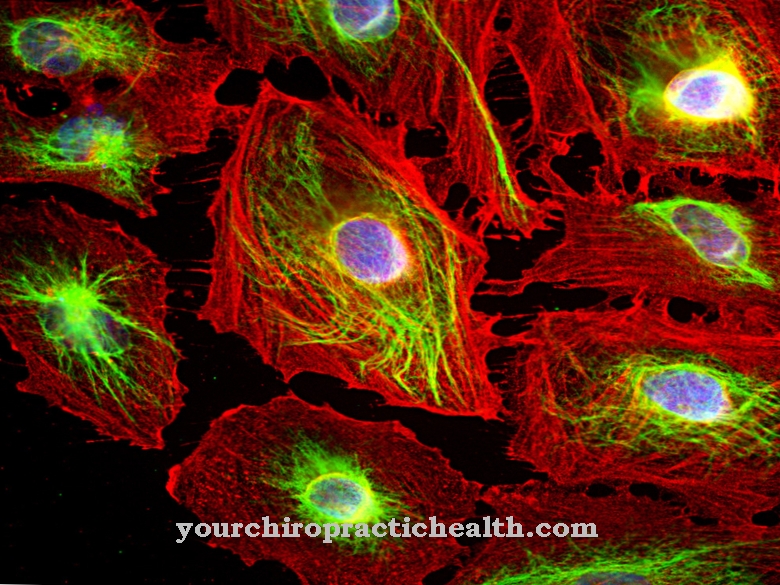
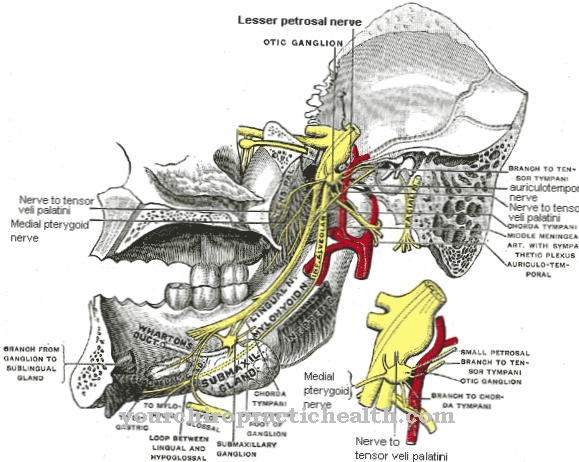
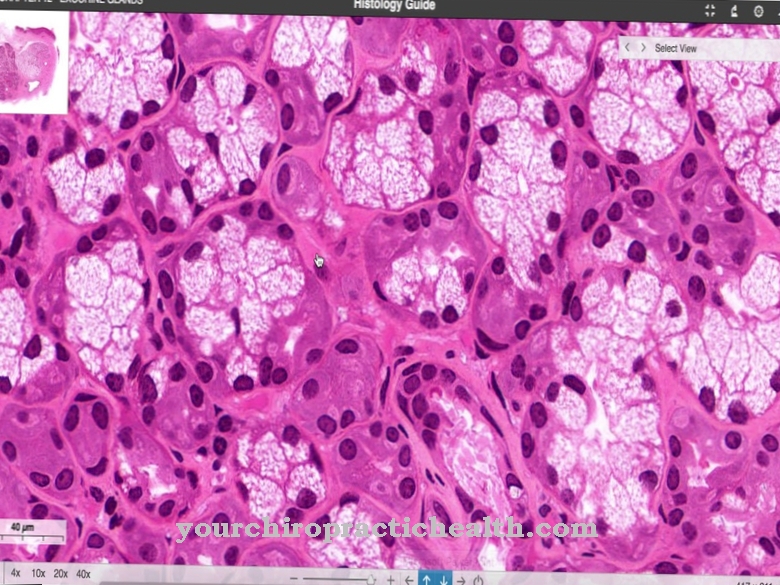
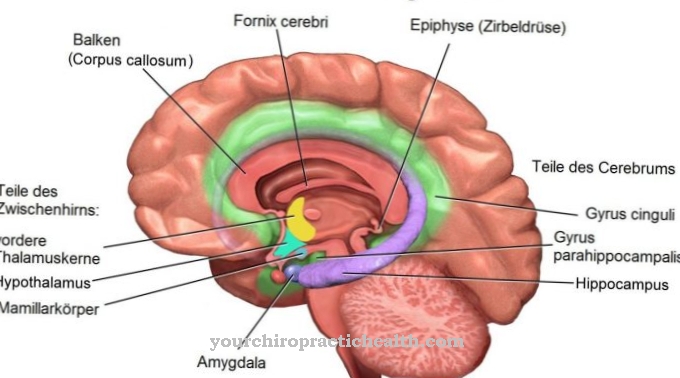

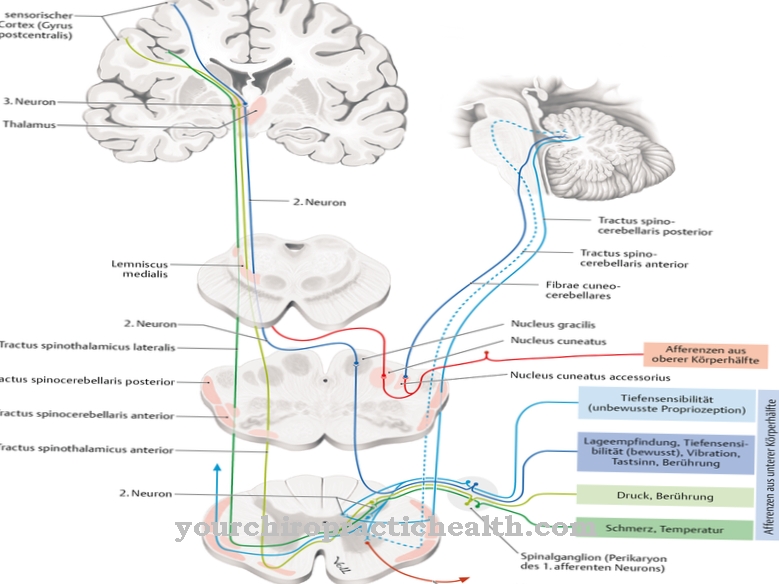






.jpg)

.jpg)
.jpg)











.jpg)